This post will be all about the interesting style known as pointillism. Whilst this art movement was based on a somewhat misguided understanding of how color works and how we perceive it, the movement did produce some stunning artworks and techniques which you can apply to your paintings.
I cover:
- What Is Pointillism?
- How Do You Paint Using a Pointillist Style?
- The Benefits of Pointillism
- The Compromise of Pointillism
- What Can You Learn From Pointillism?
- Famous Pointillism Artworks
- Want to Learn More?
- Thanks for Reading!
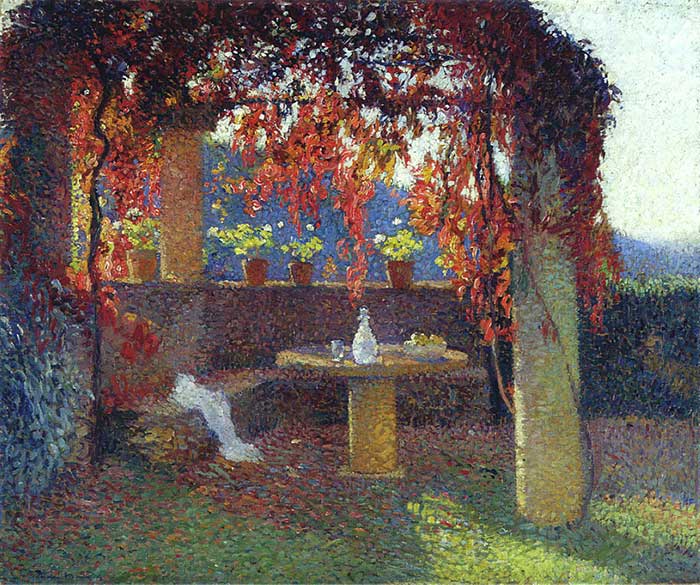
(Before diving into this post, make sure to pick up a copy of my free Landscape Painting Starter Kit.)
What Is Pointillism?
Pointillism is a style of painting that involves using dots of distinct color to create the illusion of form. The idea behind pointillism is that when you place two distinct colors next to each other, the colors will optically blend into a different color.
The style first came to head in the 1880s with artists such as Georges Seurat and Paul Signac. The term “pointillism” was actually coined by critics and was used to mock the style of painting. The style of painting was originally referred to as “divisionism”.
Pointillism was developed under the misconception that you could use optical mixing to create the appearance of more bright and vivid colors than what is capable from the physical mixing of paints.
With our paints, when you mix all the primary colors together, you get mud. When you mix all the primary colors of light together you get white light. Pointillism was developed to try and mimic the way light works. However, instead of the colors optically mixing to create more bright and pure colors, the actual result is more of an averaging of all the colors.
How Do You Paint Using a Pointillist Style?
The pointillist style is difficult to pull off, but the idea is simple. Instead of mixing your paints on your palette, you use small dots of distinct color and rely somewhat on optical mixing to do most of the work.
The amount of optical mixing that occurs will depend on how large the dots of paint you use and the distance people view your painting from. The smaller the dots, the more optical mixing will occur.
In general, pointillism will only result in partial optical mixing. You will usually be able to see the distinct dots of colors, but not clearly. This can result in a stunning visual arrangement of color which seems to vibrate.
So if you want to paint an area of green in your painting, instead of mixing a nice green on your palette, you could use small dots of yellow, blue and green to create the appearance of green on your palette. The resulting green will depend on the proportion of different colors you use.
Below is a painting by Paul Signac, one of the figureheads of the pointillism art movement.
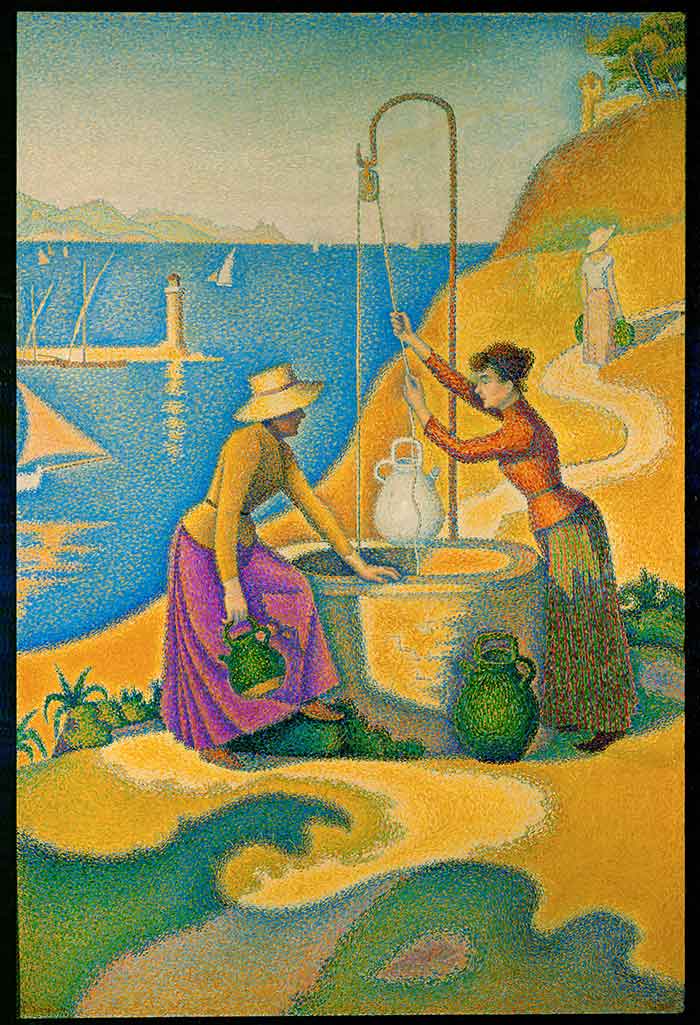
When you zoom in on the painting, you can see all the distinct dots of colors. Below are close-ups of the grass, the woman and the sky in that order.
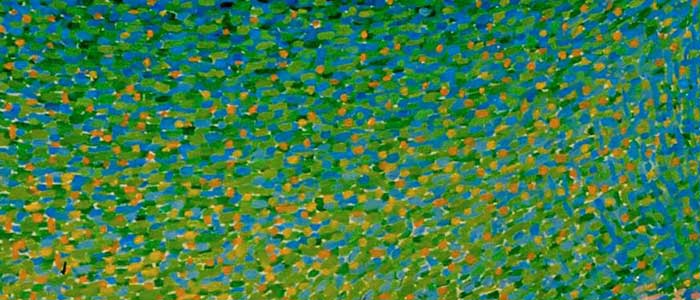


Also, you can leave areas of canvas exposed to add an extra level of variance and to control the lightness of the perceived color. The more space between the dots, the lighter the perceived color.
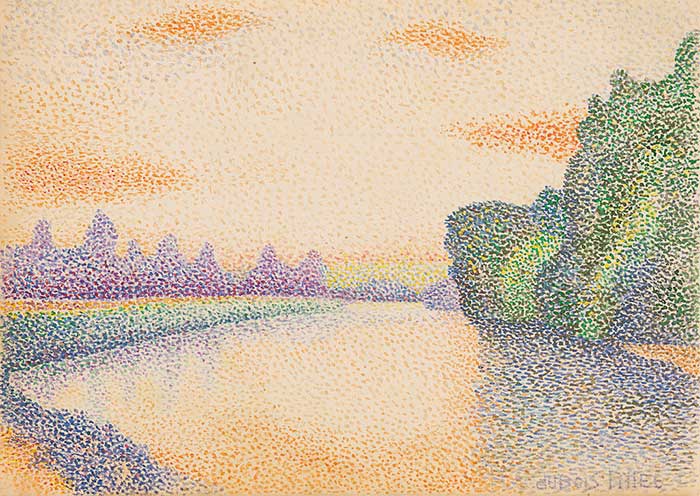
The issue of pointillism is that you cannot reliably predict how people will perceive the colors in your painting. Physically mixing paints is hard enough, but relying so much on optical mixing introduces a whole new level of inconsistency and unpredictability.
When you place small dots of yellow, blue and green on a canvas, you may assume people would see green. But this is a loose assumption at best. The color people see would depend on so many variables.
The Benefits of Pointillism
One of the benefits of the pointillist style is that you can, in theory, use more vivid and pure color in your painting.
You will all appreciate that the more you mix your colors, the less saturated they become. With pointillism, you could negate this by using small dots of pure color to give the illusion of a different color.
The result can be a stunning vibration between the different colors. But there is a compromise to this, as I will discuss below.

The Compromise of Pointillism
When painting in a pointillist style, you naturally compromise the drawing, edges and brushwork of your painting to some extent. When you commit to painting with just small dots of color, there is not much room for delicate drawing, strong edges or skillful brushwork.
This may not matter to you and you may prefer to rely more on a contrast in hue, value and saturation to create the illusion of form in your painting. It all comes down to personal preference. But it is important to be aware of the compromises of different styles.
Also, if you use pointillism so that you can paint with more vivid and pure colors, then you may be sacrificing the range of values you use in your painting. This is because most colors reach full saturation around the mid-value range. If you want to hit those dark values, you generally need to start introducing black to some extent. So whilst you may have a stunning arrangement of vivid colors, the value structure may be weak without the use of any true darks. Obviously, you could start using black in your painting, but that may undermine the reason you are painting in the pointillist style in the first place.
What Can You Learn From Pointillism?
Whilst the pointillism movement is, in a way, based on misconceptions about color, there is much to learn from the movement which you can apply to your own paintings.
One of the things I notice about pointillist paintings is how the color “vibrates”. This is because the distinct dots of color are only partially blending in our eyes, resulting in a visual dance between all the competing colors.
You do not need to paint in a full pointillist style to use some of its benefits of it. For example, if you were painting a landscape, you may want to employ the pointillist style to create a sense of depth in a large area of grass. But that does not mean you need to use the pointillist style throughout the rest of your painting.
Famous Pointillism Artworks
For your viewing pleasure, here are some of the stunning paintings that resulted from the pointillism movement:
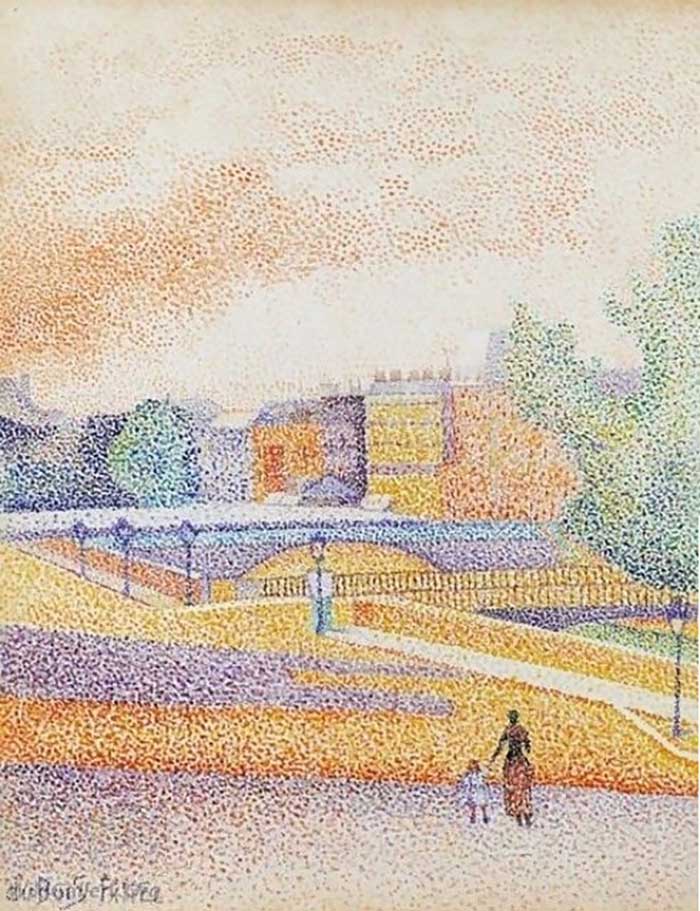





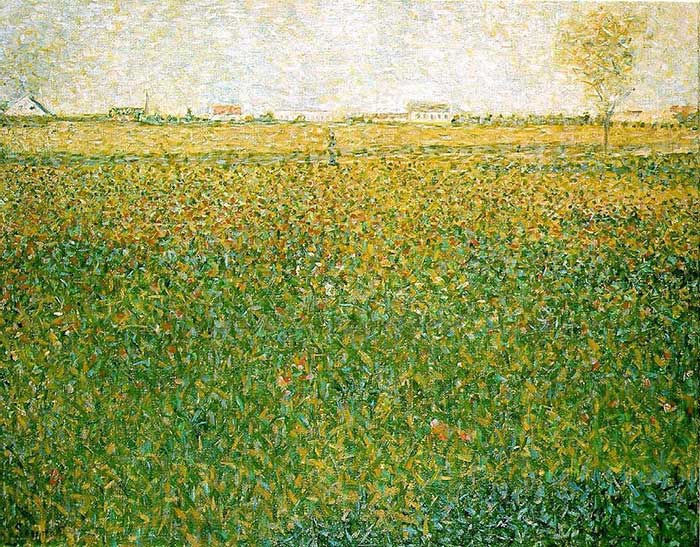





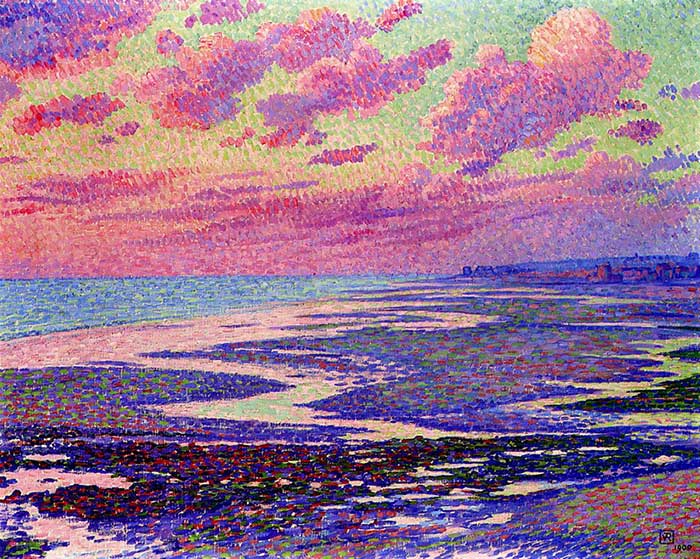

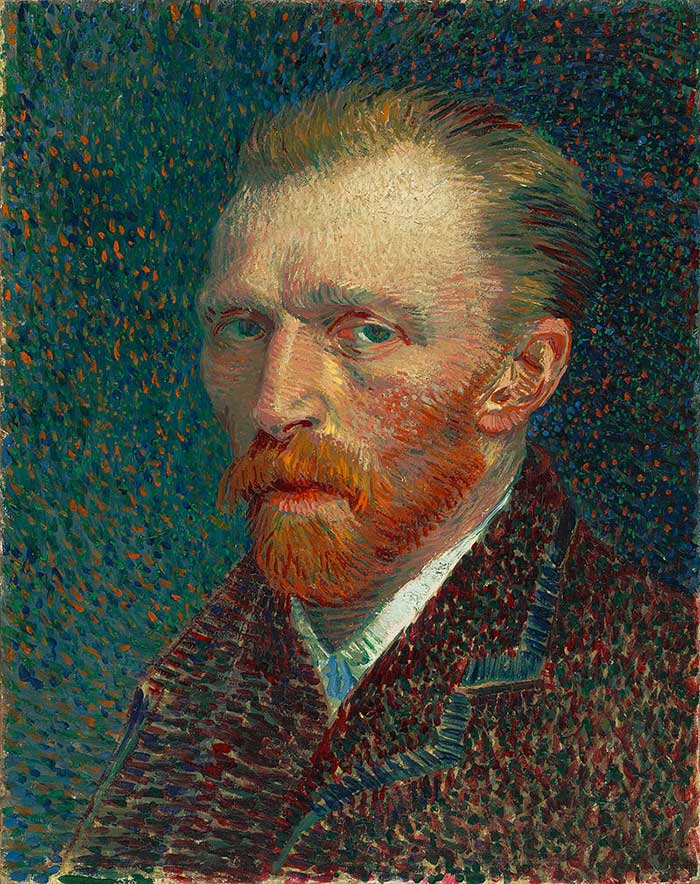
Want to Learn More?
You might be interested in my Painting Academy course. I’ll walk you through the time-tested fundamentals of painting. It’s perfect for absolute beginner to intermediate painters.
Thanks for Reading!
I appreciate you taking the time to read this post and I hope you found it helpful. Feel free to share it with friends.
Happy painting!
Dan Scott

Draw Paint Academy

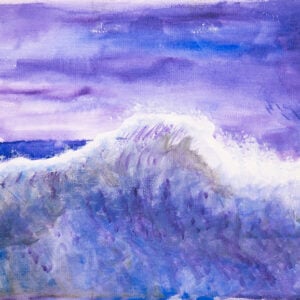
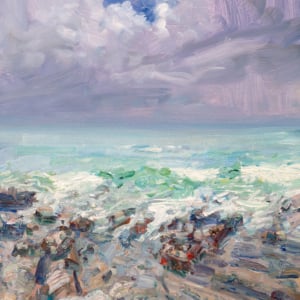
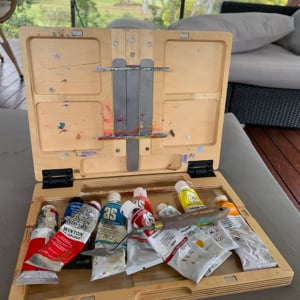
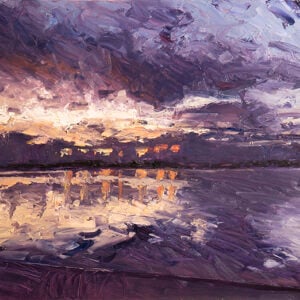


Really loved this… Have tried Pointillism in a painting of Van Gogh, and others. Hard work to do a large to medium painting, but really enjoyed doing them… Thank you for sharing this as I’ve see different things that I never really saw before…
Glad you enjoyed it Robin and thanks for sharing 🙂
Dan
I have tried pointilism once a 4″x6″ pastel and that was a lot of work. But, yes, it was good learning experience to try to get the colors work without blending. When I admire pointilism paintings I always look at their size and wonder how long did they take the artist??? You can just slap these dots randomly, there is got to be slow, methodical work and a lot of patience.
Hi Jola
Yes it is a challenging style (and time-consuming I expect). Thanks for the comment!
Dan
Thanks! Very informative. I’m new to painting – I am learning a lot from your articles and blog. Really appreciate it.
Hi Lee, thanks for the kind words – appreciate it.
Dan
Hey Dan, that’s a terrific piece about pointillism. I’m taking my first step in art and I’m fascinated by this style. It’s such a unique art form and the results are amazing. Do you know how hard it is to get advice and information about the subject, especially from pointillist artists? Anyway, your piece is really very helpful. Cheers from Australia, Brian
Hi Brian, thanks for the kind words! Glad you enjoyed the article. Pointillism is a fascinating style and there is much to learn from it. Dan
Hi again Dan.
Continue to enjoy your work.
I’m still a bit mystified by the techniques of pointillist (divisionist) artists and was wondering if you could point me in the right direction?
Generally speaking, do they under paint their work? Do they block in basic values? Or do they just paint directly onto canvas/board?
I’ve put these questions to a few modern day pointillist artists but never received a reply. Maybe they jealously guard their techniques.
Anyway, I look forward to your reply. Keep spreading the word, you do a terrific job.
Brian McMullen
Really glad to read that Brian.
The actual technique probably varies from one artist to another. You could paint directly onto the canvas with small dabs of color until everything comes together. This is how many of the pointillist artists seem to have worked. A more efficient way of working may be to stain the canvas with the general color harmony then go over the top with the pointillist style.
It really depends on the look you are going for. With that being said, these are just my thoughts as an observer of the pointillist style and from what I can see from some of the great artists. But hope this helps. Dan
Thanks Dan, I always value an expert’s advice. Staining the canvas makes sense because it gives an under colour to fill in the gaps. Then again, I think I read somewhere that a bare canvas adds luminosity to the colours that are added. Trial and error. Thanks again, you do a great job. Cheers, Brian
Hi Dan, this was just the article I was looking for. I am new to painting and I hadn’t realized the difference between Impressionism and pointillism until now. It’s pointillism I was looking for. I learnt such a lot from your post and can’t wait to try it. Susan, Algarve, Portugal
Awesome! Thanks Susan
I respect the “art” of this movement. Emotionally; I am not drawn into the painting as my eye seems to interpret each aspect of the color individually. The color transition feels abrupt and I perceive a stop and go sensation as my eyes wander over the canvas. Art for me is a personal experience and I do have a great respect for all art traditions. But, I don’t love “all” art. I do enjoy your information and I am glad I came upon your site. I have joined your Art, Paint Academy. Regards.
Enjoyed this information and will give it a try. Usually, I have worked with, pencil, charcoal, watercolor, and pastels.
I will look and these master painting with greater understanding and appreciation.
Thank you.
I love visiting art galleries and I have often wondered why an artist would choose to paint with dots, although I find that style very interesting and appealing. I never knew the name of this technique and now I know! I’m learning so much from your explanation of the works of renowned artists. Discovering you on the Internet has been so beneficial to my art education. Many thanks for sharing your talents worldwide.
Glad to hear this Sue and happy to be helping you out. Thanks, Dan
So, I’m confused; is not Corot representative of pointillism?
Hi Dan, Can’t imagine myself having the patience to paint that way.
Hats off to anyone who can do it anyway.
Thanks for the post, very interesting.
Dave M (AUSTRALIA)?
I’m returning to painting, after many years. Your analyses of techniques, color, etc. are extremely helpful in all areas! Thank you for your incisive and easily-absorbed narrative. Sincerely, Anna B.
Happy to have helped Anna! Thanks.
I never knew that this technique existed ! Have only been Arting for 2years the more I learn the more I know I don’t know Must have a go at this but I can see one would need a LOT of patience Thanks for your great blogs very educational
I hadn’t realised how many Pointillist artists there were. I knew of two or three, but some of the others here are really good. I wonder why they are so less well known? Thank you.